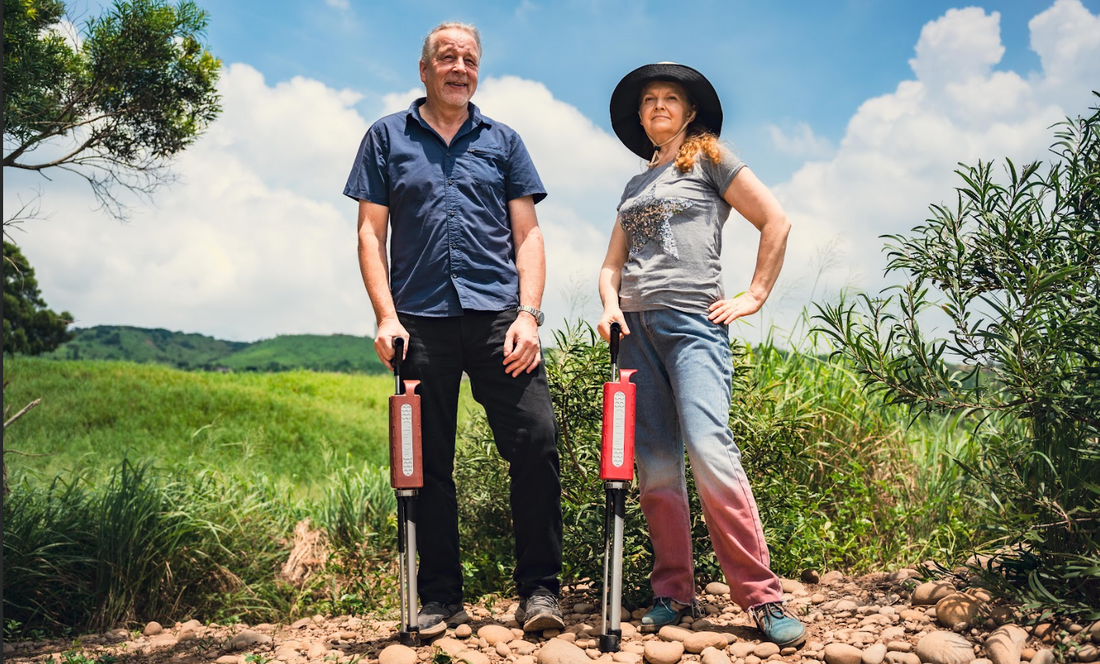As we gracefully navigate the golden years, maintaining an active and independent lifestyle becomes increasingly crucial. However, slips and falls in Australia rank among the leading causes of hospitalizations for individuals aged 65 and over*. Utilizing a walking stick can be instrumental in preventing falls by enhancing balance and stability while walking. Moreover, it also benefits individuals recovering from injuries or illnesses, facilitating ease of movement.
While walking sticks are crucial in promoting independent living, selecting the right one is as essential as using it. The market has a wide range of walking sticks priced from $20 to $200. The challenge lies in finding the one that suits you best. This decision requires thoughtful consideration to ensure a perfect balance of comfort and functionality. Here's a comprehensive guide to assist you in finding the ideal walking stick with a built-in seat tailored to your specific needs.
1. Sitting Cane:
The primary goal of walking sticks is to promote independent living for seniors. Hence, when they need a convenient way to rest during a long walk or attend gatherings, a walking stick with a built-in seat becomes an excellent choice. It can be used while waiting for buses, during travel, at sporting events, or even for bird watching.
2. Stability and Support:
A good walking stick is designed to provide stability and support. Look for a model with a sturdy frame that can adequately support your weight. Check for non-slip rubber tips on the legs for added stability, especially on different terrains.
3. Choosing the Right Height:
The correct height is essential for maintaining good posture and preventing strain on your back. To ensure your cane fits you properly, follow these steps. First, check your elbow bend. With the cane in your hand, your elbow should bend at a comfortable angle, approximately 15 to 20 degrees. You may bend your elbow more if you use the cane mainly for balance. Second, check your wrist height. With your arm hanging straight down at your side, the top of your cane should align with the crease in your wrist**.
4. Seat Comfort and Material:
Since the seat is a crucial component, pay attention to its comfort and durability. Choose a walking stick with a well-padded seat made from a material that is both supportive and easy to clean. Consider the weight capacity of the seat to ensure it meets your requirements.
5. Foldability and Portability:
Seniors are often on the move, and having a walking stick with a seat that is foldable adds to its convenience. Look for a model that can be easily folded and transported, allowing you to take it wherever you go without hassle.
6. Weight of the Walking Stick:
The weight of the walking stick matters, particularly if you plan to carry it for extended periods. Opt for a lightweight yet durable model that provides ease of use without compromising on stability.
7. User Reviews and Recommendations:
Take the time to read user reviews and seek recommendations from other seniors or healthcare professionals. Real-world experiences can offer valuable insights into the comfort, durability, and overall satisfaction of a particular walking stick with a seat.
